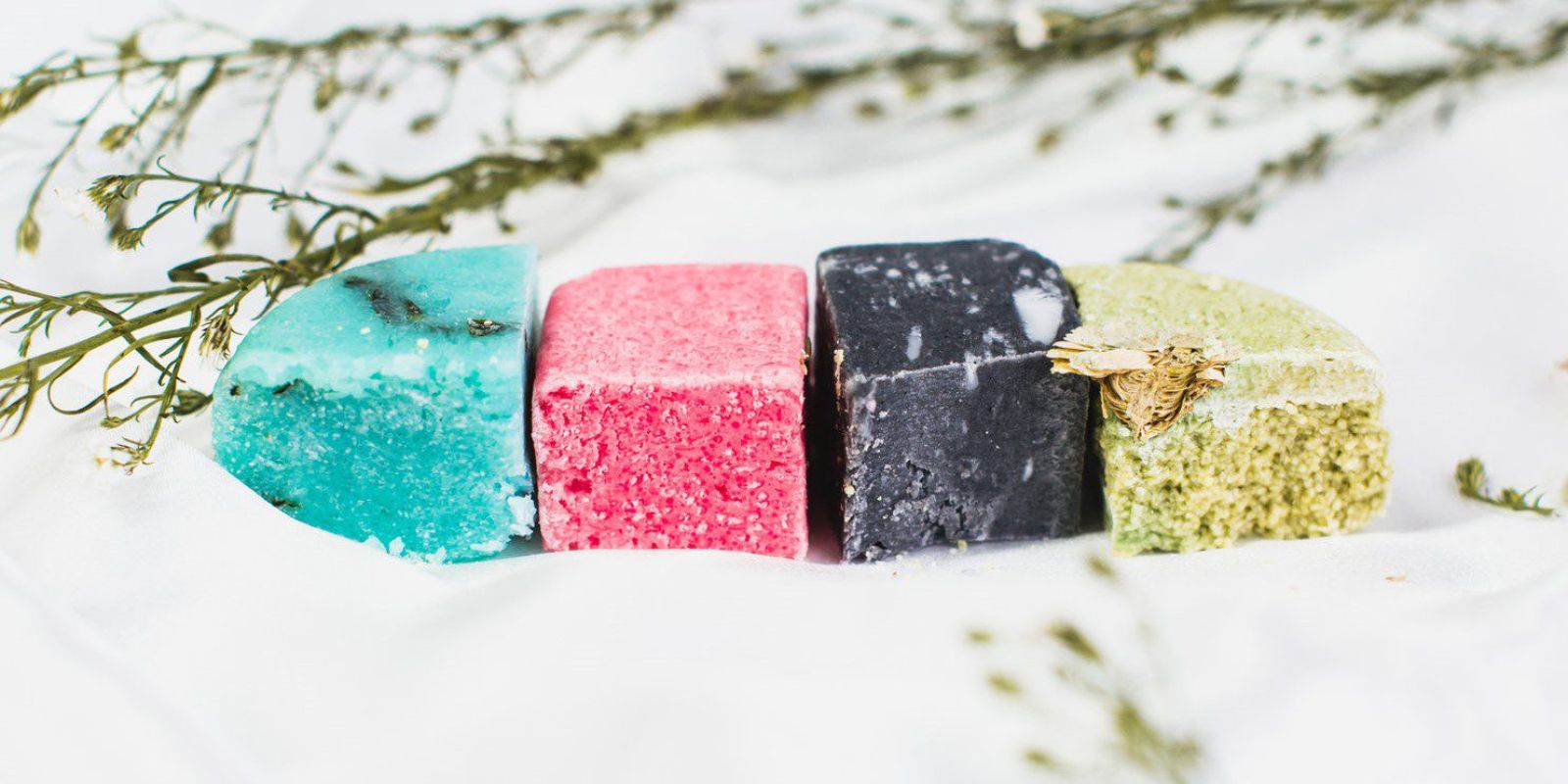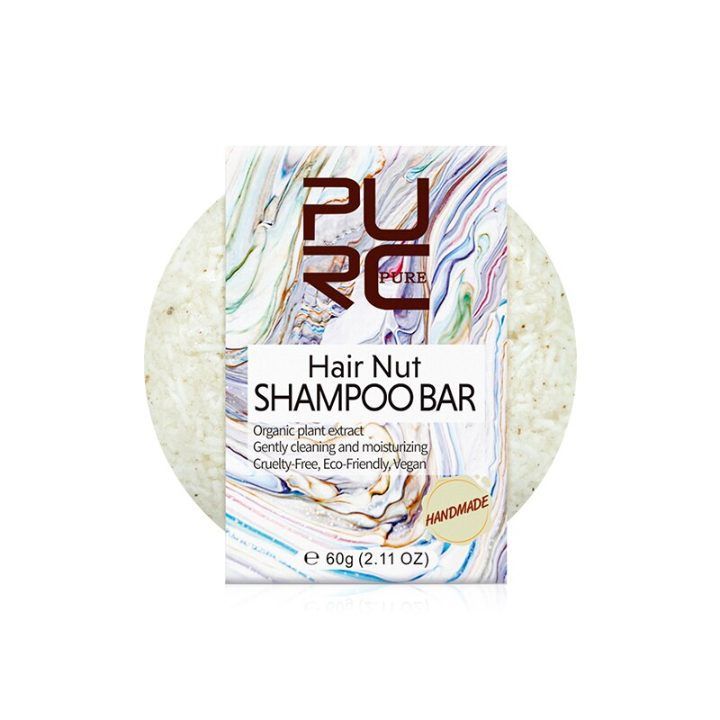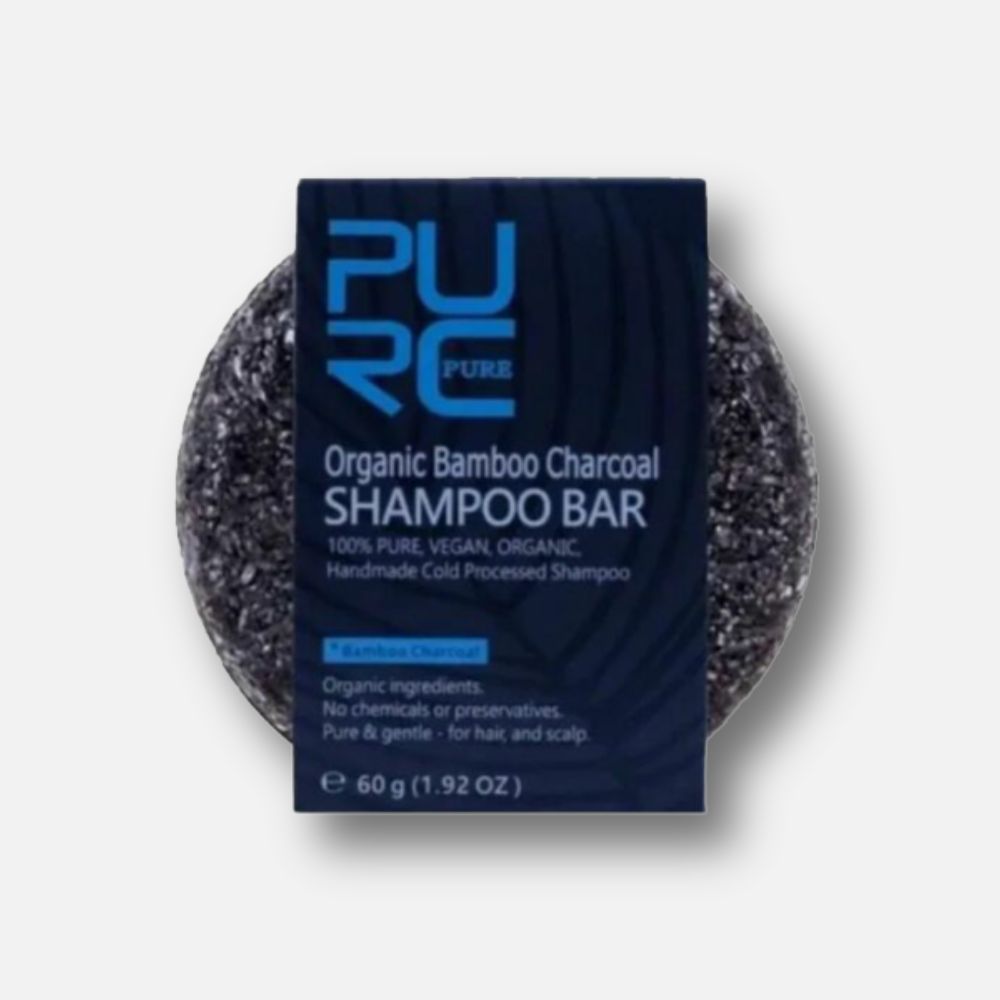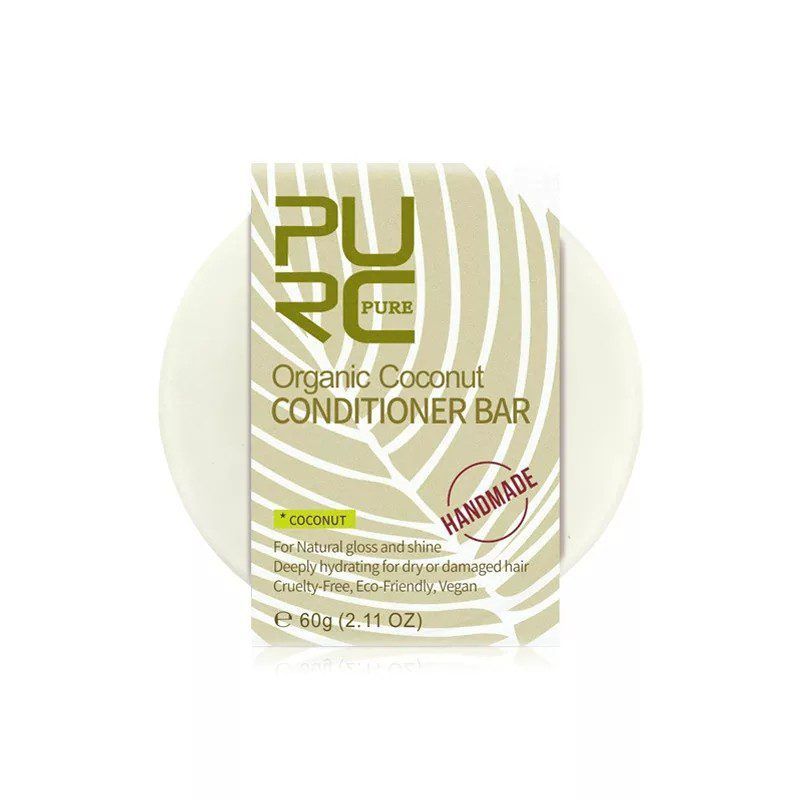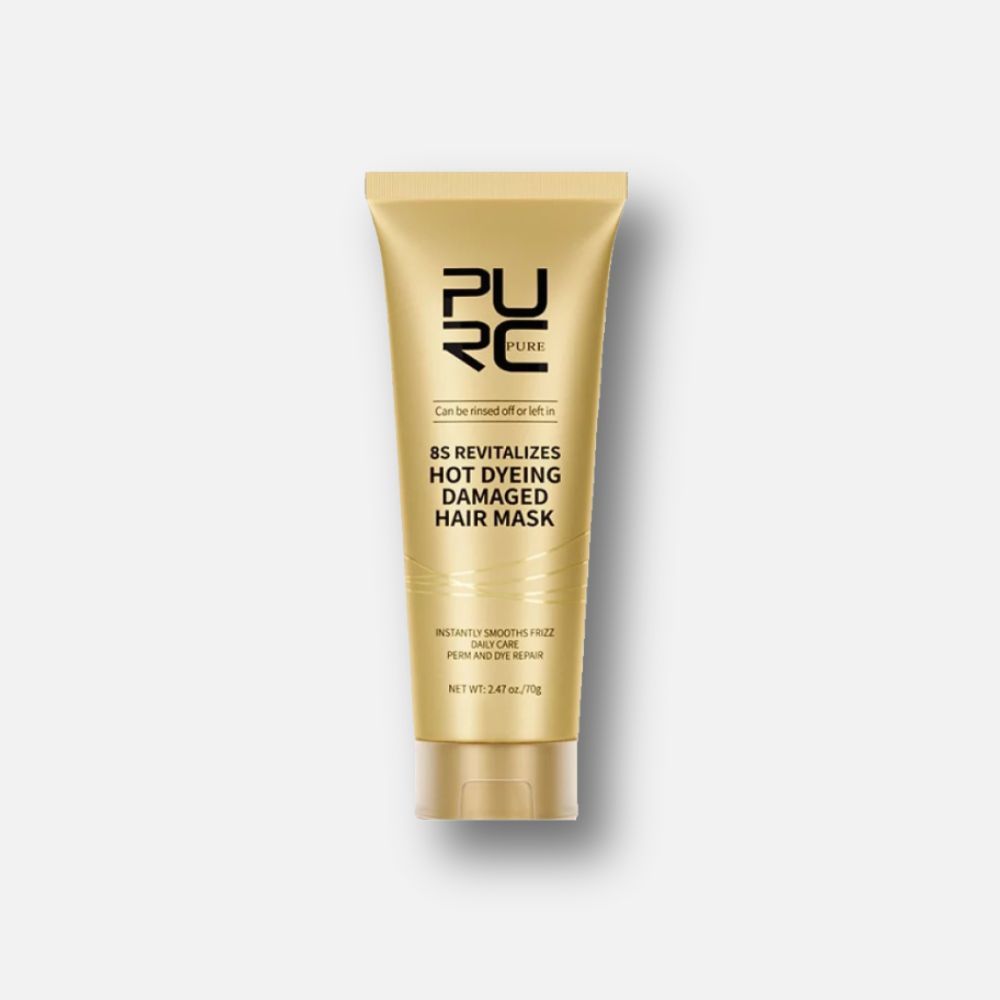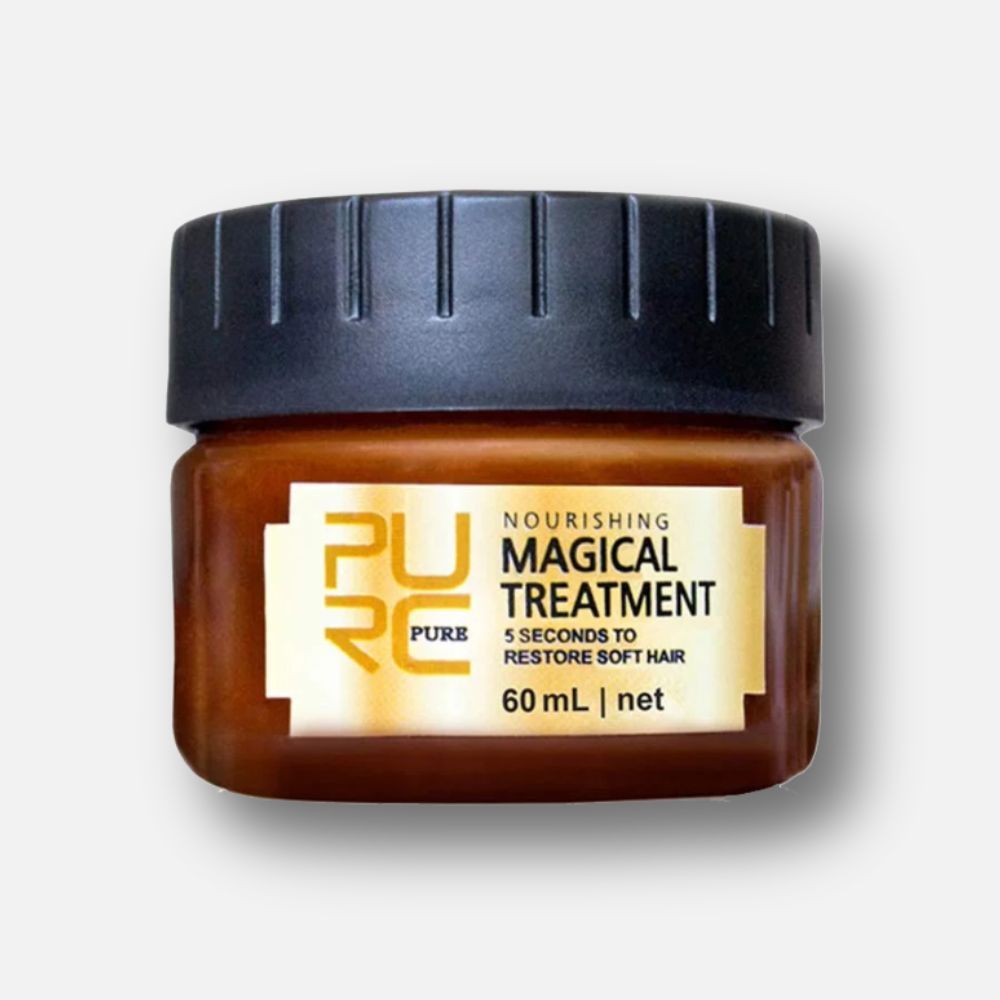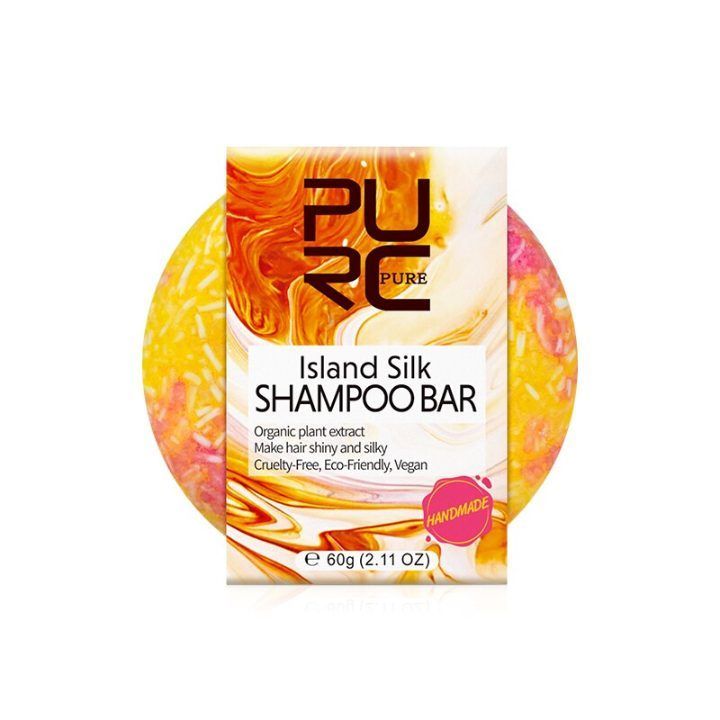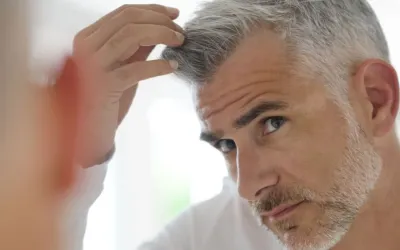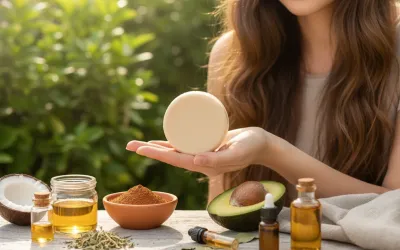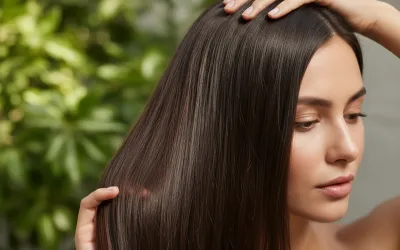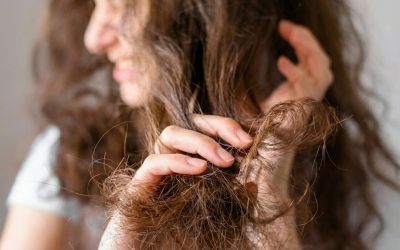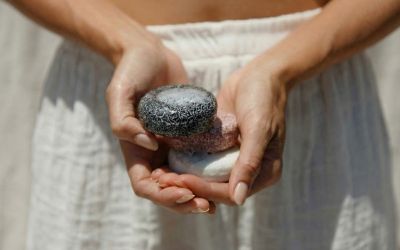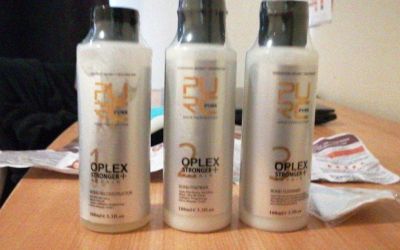Throughout time styling hair has been one of the trendiest fashion ideas, but with excessive styling comes excessive and corrosive hair damage. When we talk about damaged hair we usually look for ways on how we can do protection or repair it.
Coming in contact with chlorine in the pool, salt water of oceans and excessive sun exposure can dry your hair out. Heat styling and chemical use can prompt days and days of awfully dry and lifeless hair.
Know The Difference
The split ends and the fried hair may be visible to the naked eye especially when you look in the mirror. You may likewise experience dry, itchy scalp and dandruff, if you don’t pay much attention towards your hair health. Dry and rough hair knot easily, resulting in easy breakage of the hair follicles and causing loss of a large number of hair strands.

Whereas, if you talk about healthy hair, it resists breakage when styled, has great volume and looks shiny and feels soft on touch. Therefore, the hair that looks soft and shiny, it’s almost guaranteed it’s strong as well. That voluminous look is the aftereffect of a smooth, leveled cuticle. The cuticle is the first defense or the external layer of the hair and protects the sponge-like shaft underneath at all costs and the cuticle accomplishes its best work when its bonds are sitting firmly covering on top.
Furthermore, when they are healthy, the cuticle will reflect light, and your hair looks very shiny and beautiful.
Origins Of The Hair Problems
And the first step in restoring, protecting and repairing your hair is to pinpoint where the problem for your hair is originating from. The following is the list of most common causes of hair damage.
1. Excessive Use Of Heat Tools While Styling
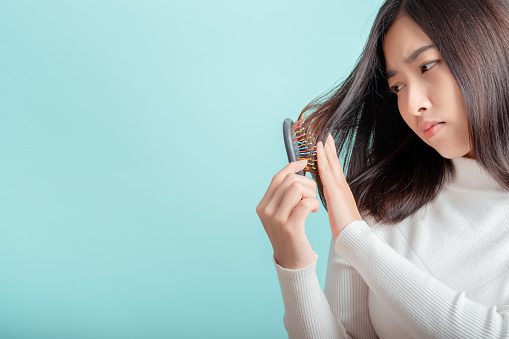
The use of a curling rod or a hair straightener to get that gorgeous look may be all fun but use of these will always inevitably lead to exposed hair cuticles and damage the inner core of the hair.
To prevent your hair from getting further damaged, try alternative methods of hair styling. Instead of using a hair dryer, let your hair air dry. And if you have to use the heat emitting tools try to use them on the lowest temperature setting possible.
2. Excessive Use Of Bleach In The Hair
If you are into the hair coloring trend, or if you lighten it from time to time; then you must be familiar with the damage that bleach inflicts on your hair. Bleach is utilized to eliminate your darker or regular hair tone from each strand. To do this, it makes your hair strand swell, thus making the outer cuticle layer of the hair permeable, leaving the inner part of the hair vulnerable to the effect of the bleach.

This process is quite brutal on the hair and leaves it dry, permeable, weak, and delicate. These lasting changes in the chemical composition of your hair can likewise make it weak, vulnerable and prone to environmental stressors.
To further control the hair loss after bleaching, your first and foremost step is to save your hair from the sun as the sun’s UV beams can really ruin your hair. Freshly bleached hair is particularly much more prone to UV damage. So take small steps like; wearing caps, wide-brimmed hats, or even a hair wrap to secure your hair and scalp.
3. Absence Of Regular Haircuts
An absence of regular haircuts appointments can invite split ends. True to their name these broken ends of the hair make the hair more likely to break higher up, the longer they are left to fester in the hair. Getting standard but routine haircuts, especially when you are growing out your hair even a light hair trimming can be the hair saver.
4. An Unhealthy Diet Leads To Unhealthy Hair
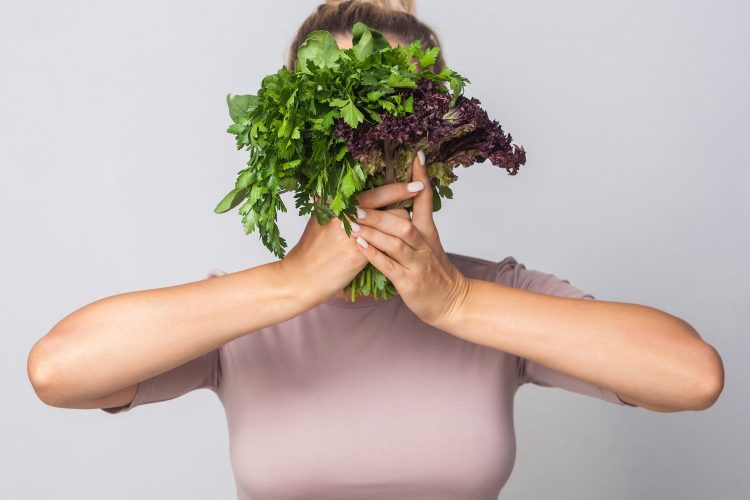
Our diet has an essential impact in advancing strong, solid, voluminous, and healthy hair. Keep in consideration that individuals are lacking in specific nutritional food supplements, they may have hair that seems dry, dull, or weak. Serious nutritional insufficiencies may likely promote hair loss issues.
For combating your hair loss issues that are caused due to an irregular diet, you can include certain foods in your diet which essentially contain vitamin D, zinc, omega-3 fatty acids, iron and protein. Eggs and fish have biotin, which is fundamental for healthy hair development, and most of the nuts offer hair-boosting qualities.
Ethical Hair Care And Protection
There is no one fixed way to protect your hair. As mentioned above, there are multiple sources of hair damage and hence there are multiple sources of hair protection as well. Nowadays, there are numerous chemical stresses that can cause hair damage. So, in the name of hair protection, it is always better to use natural, eco-friendly products that are both safe for the environment and your scalp.
The following list contains some relevant information about products that can help you prevent and repair the damage to your hair:
1. Pick A Shampoo That Fulfills Your Hair Needs.

Hair cleansing comes first. So a shampoo that suits your hair type and fulfills all your hair needs without being too harsh. Numerous shampoos have detergent-like consistencies as well as chemical ingredients called sulfates that not only eliminate the dirt and minerals, but also strip the scalp of the much needed protection and natural oils.
So instead of relying on such harsh shampoos, look for the organic alternatives like the shampoo bars. that are “sulfate free” and completely harmless to the environment as well.
2. Application Of A Hair Mask At Night.
Apply a generous amount of hair mask at least once a week and give it an opportunity to soak into your strands for 6 to 7 hours. Not only are hair masks hydrating for your hair, but they’re also a pleasant method to give your hair a well deserved time out. Give your dry and frizzy hair the considerate care it needs and you’ll see smooth and shiny hair back to their restored beauty in no time! And if you are looking to go organic with your hair mask try Nourishing Leave-In Hair Mask by PURC Organics.
3. Air Dry Is The Way To Go For Healthy Hair.
It is time to back off of towel drying techniques to keep your dry hair from breaking. Rather than rubbing your towel vigorously through your hair in all the directions, and damaging your hair ten folds in the process, use the technique of pressing out water delicately by using an old cotton T-shirt or a microfibre towel that is comparatively delicate on your strands. And if you have ample time, let your hair dry naturally.
4. After Shampoo, Conditioner Is A Must.
After each shampoo session, use a conditioner intended to repair the damage according to your particular type. If your hair is extremely dry, utilize a deep conditioner once or even twice a week. And if you get satisfied with the results of the deep conditioner and want to continue maintaining these results, you can switch to mild organic conditioners by PURC Organics which will give you satisfactory results in your day to day Hair Care needs all the while reducing your carbon footprint as well.
5. Dial The Heat Down When It Comes To Your Hair.
Reduce the heat styling techniques to once per week immediately, if you want healthy hair and utilize the most minimal heat setting on blow dryers, hair curling accessories and straight irons. Make sure you prepare your hair with the use of a hair protection serum or thermal-protection spray prior to your hair styling sessions. You can also boost your hair quality by using a dry shampoo.
6. Allow The Hair To Rest And Rejuvenate On It’s Own.

Human body is very sophisticated when it comes to healing. And hair being a part of it has its own healing properties. So the more you exhaust your hair by introducing the unnecessary stressors, the more dry, rough, frizzy and damaged it’ll become.
Whenever the situation allows, let your hair air dry, skip heat styling and let your hair down. Gently use a comb on the damp hair with a leave-in conditioner so it will soak the product better without causing an excess of breakage to your strands.
